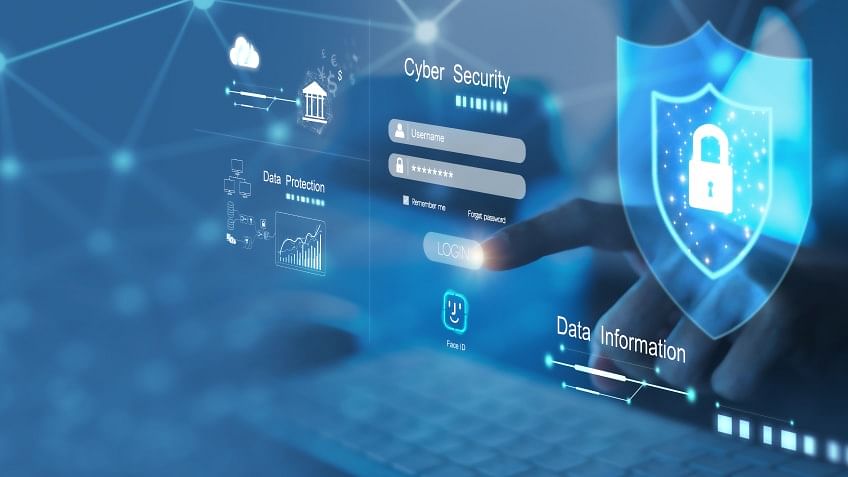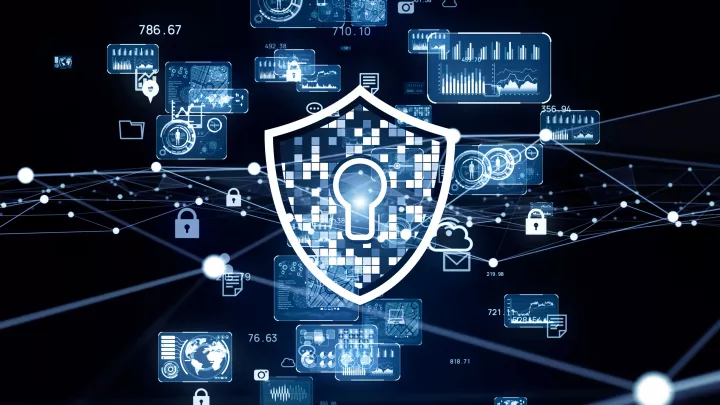Innovative Techniques in Network Pentesting
Network penetration testing (pentesting) is a critical practice in cybersecurity, aimed at identifying and mitigating vulnerabilities within an organization's IT infrastructure. As cyber threats evolve, so do the techniques and methodologies used by penetration testers to uncover potential weaknesses. This article delves into some of the most innovative techniques in network pentesting, exploring how they enhance security assessments and provide deeper insights into network vulnerabilities.
1. AI and Machine Learning Integration
Artificial Intelligence (AI) and Machine Learning (ML) are transforming network pentesting by automating various tasks and enhancing the accuracy of vulnerability detection.
Key Features:

Automated Scanning:
AI-driven tools can perform automated scans, identifying vulnerabilities more quickly and accurately than manual methods.
Anomaly Detection:
ML algorithms can analyze network traffic patterns to detect anomalies that may indicate potential security threats.
Adaptive Learning:
AI systems can learn from previous tests and adapt their techniques to improve future assessments.
Real-World Application:
AI-powered pentesting tools like Darktrace and Cylance use machine learning to detect and respond to threats in real-time. These tools can identify unusual behavior, such as unexpected data transfers, which could indicate a breach.
2. Behavioral Analysis
Behavioral analysis involves studying the behavior of users, systems, and applications to identify potential security threats.
Key Features:
User Behavior Analytics (UBA):
Monitors user activities to detect unusual or malicious behavior.
Entity Behavior Analytics (EBA):
Analyzes the behavior of devices and applications to identify deviations from normal patterns.
Threat Hunting:
Proactively searches for threats based on behavioral indicators.
Real-World Application:
UBA tools like Splunk User Behavior Analytics can identify insider threats by monitoring for unusual access patterns or data transfers. For example, if an employee suddenly accesses large volumes of sensitive data, the system can flag this as suspicious.3. Red Teaming and Purple Teaming
Red Teaming and Purple Teaming are advanced pentesting approaches that simulate real-world attacks to evaluate an organization's security posture.
Key Features:
Red Teaming:
Involves ethical hackers (red team) simulating sophisticated attacks to test the organization's defenses.
Purple Teaming:
Combines the efforts of red teams and blue teams (defenders) to enhance overall security through collaborative testing and knowledge sharing.
Real-World Application:
A cybersecurity firm might conduct a red teaming exercise to simulate a targeted attack on a financial institution. The goal is to bypass defenses and gain access to critical systems, helping the organization understand its vulnerabilities and improve its security measures.
4. Zero Trust Architecture Testing
Zero Trust Architecture (ZTA) is a security model that assumes no user or system is inherently trusted, requiring continuous verification of all access requests.Key Features:

Microsegmentation:
Divides the network into smaller segments, each with its own security controls.
Least Privilege Access:
Ensures users have the minimum level of access necessary to perform their tasks.
Continuous Monitoring:
Constantly monitors and verifies access requests.
Real-World Application:
Testing a Zero Trust Architecture involves simulating attacks to ensure that segmentation and access controls are effective. For instance, a tester might attempt lateral movement within the network to see if microsegmentation prevents unauthorized access.
5. IoT and OT Security Testing
The proliferation of Internet of Things (IoT) and Operational Technology (OT) devices introduces new security challenges. Specialized testing techniques are required to secure these environments.Key Features:
Device Security Assessments:
Evaluates the security of IoT and OT devices, including firmware analysis and hardware testing.
Network Segmentation:
Ensures that IoT and OT devices are properly segmented from critical IT infrastructure.
Protocol Analysis:
Analyzes communication protocols used by IoT and OT devices to identify vulnerabilities.
Real-World Application:
Pentesters might assess the security of smart devices in a smart city environment, testing for vulnerabilities that could be exploited to disrupt services. Similarly, in industrial settings, OT security testing ensures that critical infrastructure systems are protected from cyber threats.
6. Cloud Security Testing
As organizations increasingly move to the cloud, ensuring the security of cloud environments is paramount. Cloud security testing involves assessing cloud infrastructure, platforms, and services for vulnerabilities.Key Features:

Configuration Reviews:
Identifies misconfigurations in cloud settings that could lead to security breaches.
Identity and Access Management (IAM):
Evaluates the effectiveness of access controls and permissions.
Data Security:
Ensures that data stored in the cloud is properly protected and encrypted.
Real-World Application:
A pentester might assess the security of an organization's AWS environment, checking for misconfigured S3 buckets, improper IAM roles, and vulnerabilities in cloud-native applications.
7. Social Engineering Simulations
Social engineering attacks exploit human psychology to gain access to systems and data. Simulating these attacks helps organizations understand and mitigate the risks posed by human factors.Key Features:

Phishing Simulations:
Tests employees' susceptibility to phishing attacks.
Pretexting and Impersonation:
Involves creating false scenarios to trick employees into divulging sensitive information.
Physical Security Testing:
Evaluates the effectiveness of physical security measures through simulated breaches.
Real-World Application:
A pentesting team might conduct a phishing simulation to see how many employees fall for a fake email designed to harvest credentials. The results can inform training programs to improve security awareness.
8. Advanced Exploitation Techniques
Advanced exploitation techniques involve the use of sophisticated methods to exploit vulnerabilities, including zero-day vulnerabilities and advanced persistent threats (APTs).Key Features:

Zero-Day Exploits:
Identifies and exploits vulnerabilities that are unknown to the vendor.
Custom Exploit Development:
Creates tailored exploits for specific vulnerabilities.
Post-Exploitation Tactics:
Involves maintaining access, escalating privileges, and exfiltrating data.
Real-World Application:
An advanced pentesting team might develop a custom exploit for a zero-day vulnerability in a widely-used application, demonstrating the potential impact and providing recommendations for mitigation.
9. Blockchain and Cryptocurrency Security Testing
With the rise of blockchain technology and cryptocurrencies, testing the security of these systems has become increasingly important.Key Features:

Smart Contract Audits:
Evaluates the security of smart contracts to ensure they are free from vulnerabilities.
Blockchain Protocol Testing:
Assesses the security of blockchain protocols and consensus mechanisms.
Cryptocurrency Wallet Testing:
Tests the security of wallets used to store digital assets.
Real-World Application:
A cybersecurity firm might audit a blockchain-based smart contract to identify vulnerabilities that could be exploited to steal funds or manipulate transactions. Similarly, they might test the security of a cryptocurrency exchange to ensure that user funds are protected.
Conclusion
Innovative techniques in network pentesting are essential for staying ahead of evolving cyber threats. By leveraging advanced tools and methodologies, organizations can gain deeper insights into their security posture, identify and mitigate vulnerabilities, and protect their critical assets. At Valency Networks, we utilize these innovative techniques to deliver comprehensive VAPT services, ensuring our clients' networks and systems are secure against the latest threats. Through continuous adaptation and the integration of cutting-edge technologies, we help organizations maintain robust cybersecurity defenses in an ever-changing threat landscape.


